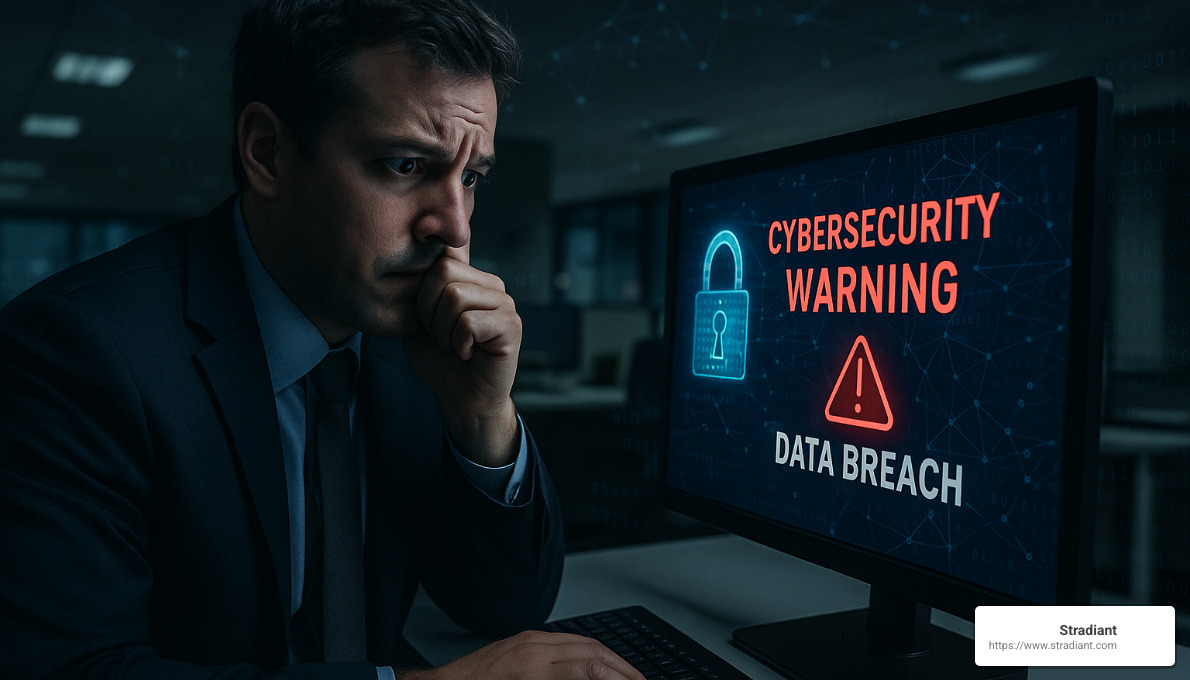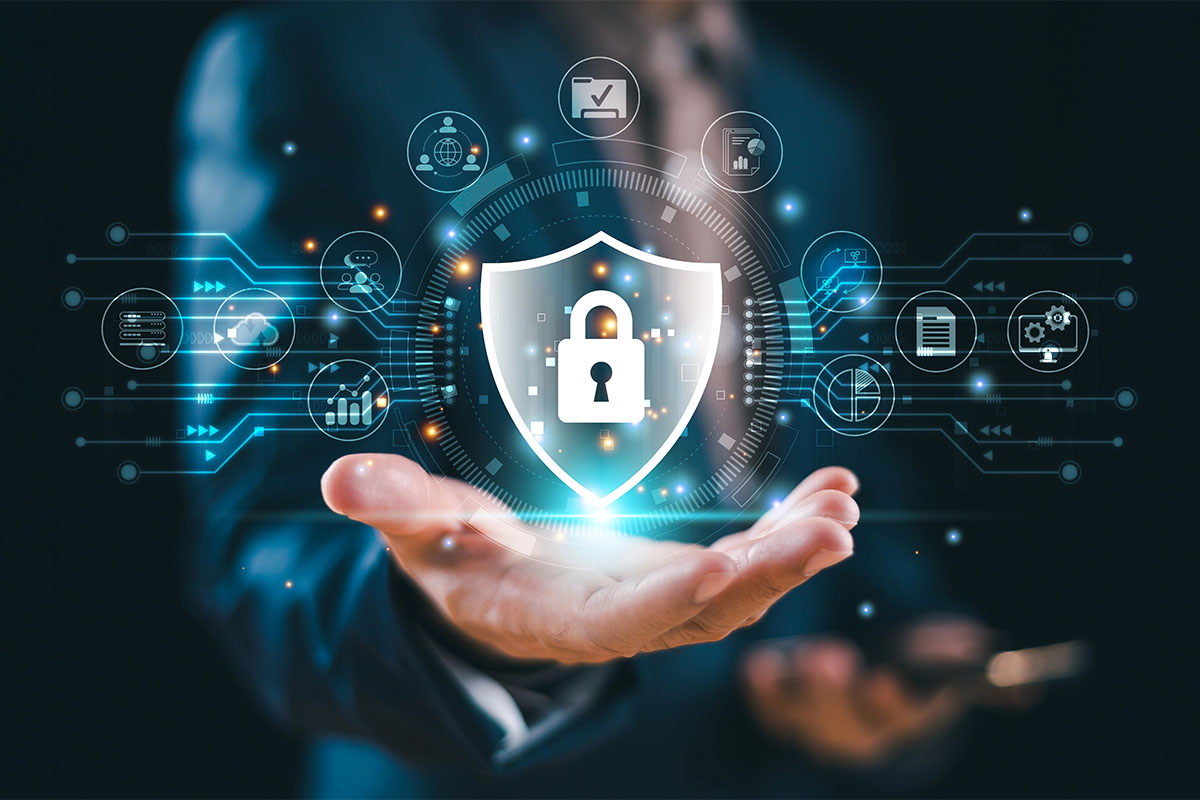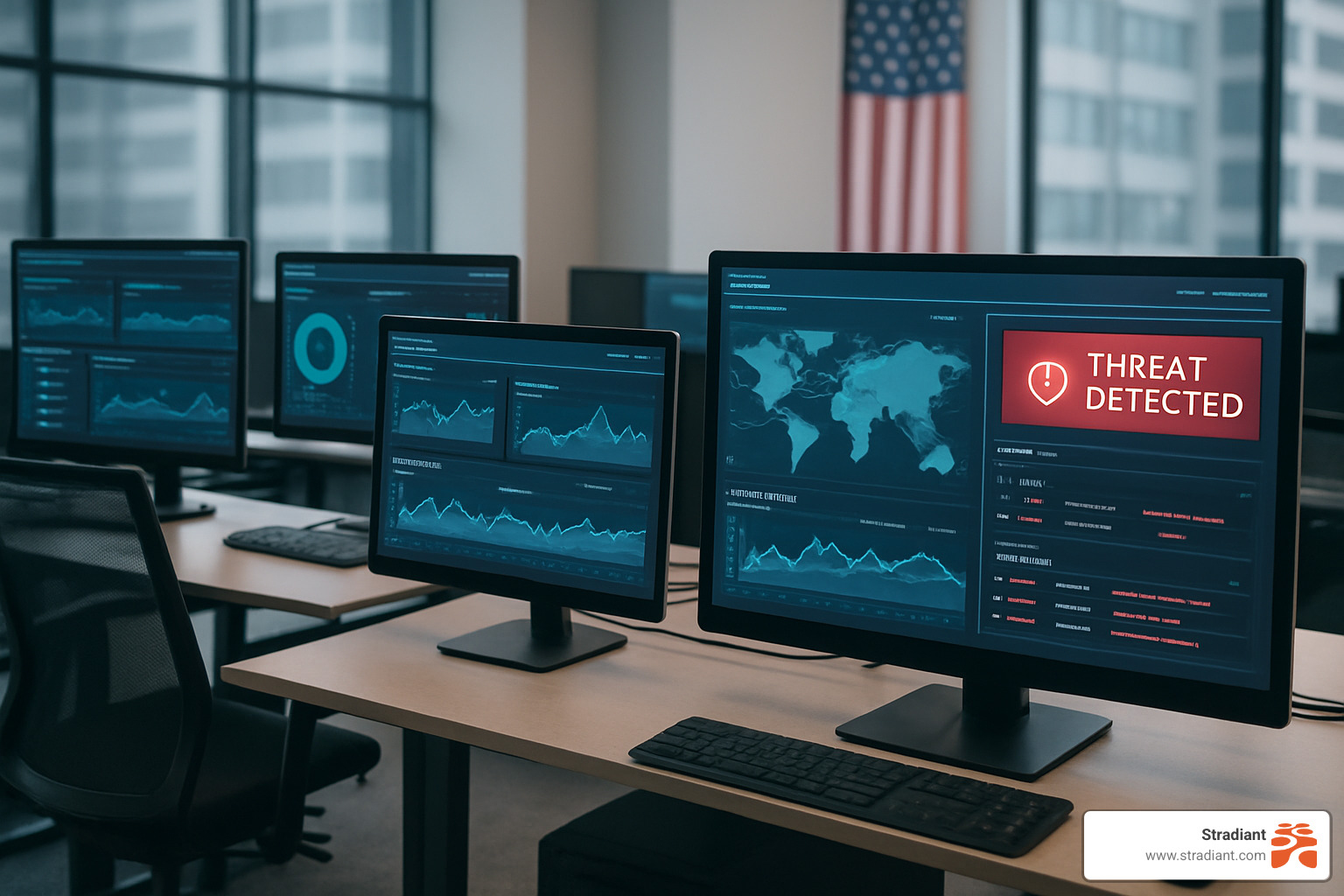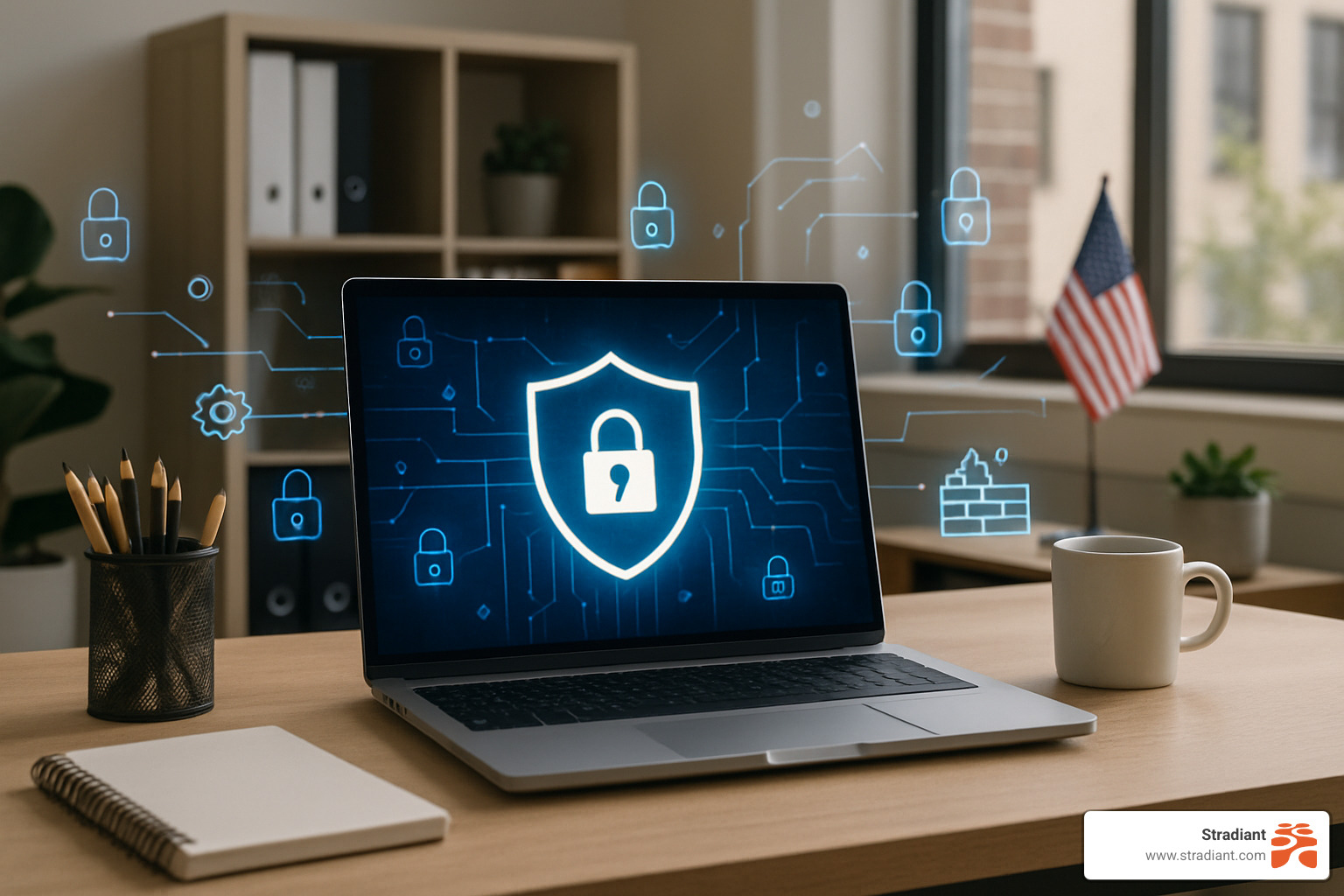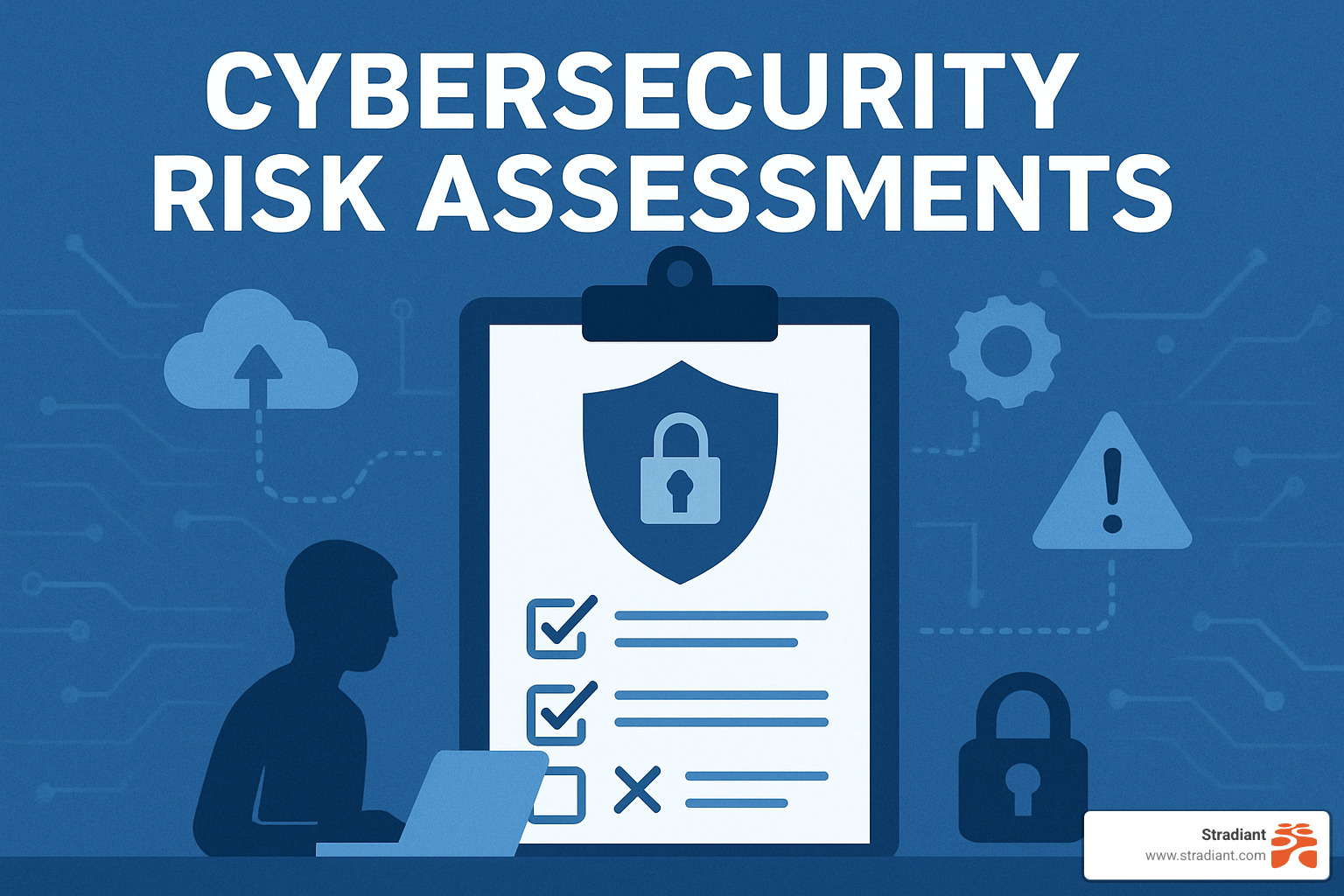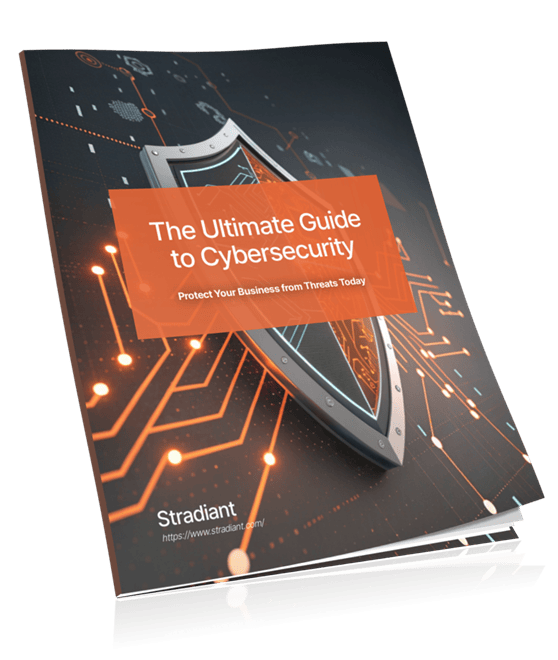This year presents a myriad of challenges for IT security and compliance professionals. As cyber threats continue to increase in sophistication and frequency, organizations are under immense pressure to protect their data while adhering to regulatory requirements.
From ransomware attacks to evolving privacy laws, staying ahead of the curve and leveraging managed IT in Buda is essential for safeguarding critical assets and maintaining trust with stakeholders.
We’ll explore some IT security and compliance challenges facing organizations in 2024 and provide insights on solutions to mitigate risks and enhance resilience. Through a comprehensive analysis of emerging trends and best practices, you’ll gain valuable knowledge on how to navigate today’s complex cybersecurity landscape effectively. Join us as we look into key issues such as cloud security vulnerabilities, insider threats, compliance audits, data breach response strategies, and more.
Understanding Cyberthreats and Solutions
Cyberthreats are not just about hackers trying to steal data anymore. They range from sophisticated phishing scams that trick individuals into giving away personal information to ransomware attacks that can lock entire systems, demanding payment to restore access.
Phishing Scams
These are deceptive emails or messages that look like they’re from a trusted source. They aim to steal sensitive information like login credentials or credit card numbers. The best defense is education. Learning how to spot a phishing attempt is key—look out for odd email addresses, spelling mistakes, and requests for personal information.
Ransomware
This type of malware locks you out of your own files by encrypting them. The attackers then demand a ransom to unlock the data. To combat this, it’s crucial to have regular backups of important files. Also, ensure that your systems and software are always up to date with the latest security patches.
Weak Passwords
One of the simplest yet most common security risks are the use of weak passwords. Strong, unique passwords for each account, preferably generated and stored with a password manager, can significantly reduce this risk.
Unsecured Networks
Public Wi-Fi networks can be breeding grounds for cyberattacks. Avoid using public Wi-Fi for sensitive transactions and consider using a virtual private network (VPN) to encrypt your internet connection.
Staying Ahead of Regulations
With cyber threats becoming more sophisticated each day, staying proactive and continually updating security measures is imperative to prevent data breaches and protect sensitive information. With the amount of personal information being collected and stored by organizations, it is crucial to find a balance between allowing access to necessary data while also protecting sensitive information from falling into the wrong hands. Compliance with regulations such as GDPR, HIPAA, and others requires constant vigilance and adherence to strict guidelines to ensure that companies are not at risk of facing hefty fines or damaging their reputation.
Ever-changing privacy laws add another layer of complexity for IT professionals tasked with ensuring compliance within their organizations. As new regulations emerge and existing ones undergo revisions, keeping up to date with changes in legal requirements becomes an ongoing battle. Also, organizations must emphasize transparency around their data handling practices and educate employees on best practices for data privacy.
The rise in remote work arrangements has introduced additional vulnerabilities that need to be addressed through enhanced cybersecurity measures. By proactively addressing these challenges head-on and investing in robust solutions, organizations can mitigate risks associated with non-compliance while safeguarding their assets from potential breaches.
Zero Trust – Rethinking Network Security
Zero Trust is a security model that challenges traditional network security assumptions by eliminating the concept of trust within an organization’s network. In a Zero Trust environment, every user and device must be verified before being granted access to resources, regardless of whether they are inside or outside the corporate network.
Implementing Zero Trust requires implementing comprehensive identity verification practices, multi-factor authentication, least privilege access controls, micro-segmentation of networks, continuous monitoring for anomalies and suspicious behavior. This approach helps to prevent lateral movement by attackers within the network once they have gained initial access.
Adopting a Zero Trust approach has become increasingly essential for organizations looking to secure their digital assets effectively. The shifting landscape of compliance regulations also underscores the need for proactive measures to safeguard critical data against potential breaches or non-compliance penalties. Embracing the principles of Zero Trust allows businesses to stay ahead of cyber threats while demonstrating a commitment to maintaining high standards of trust with customers and stakeholders.
Strategies for Swift Recovery
Incident response is a critical component of any organization’s cybersecurity strategy, as it allows for the swift detection and containment of security incidents to minimize their impact on business operations. By implementing proactive incident response strategies, organizations can effectively mitigate the risks associated with cyber threats and ensure a rapid recovery in the event of an attack.
This involves establishing clear protocols for how to respond to different types of security incidents, conducting regular training exercises for IT staff, and continuously monitoring network activity for signs of compromise.
One key aspect of effective incident response is having a comprehensive plan in place that outlines step-by-step procedures for addressing security incidents. This plan should cover everything from initial threat detection to containment, eradication, and recovery efforts.
Organizations must have mechanisms in place for communicating with stakeholders both internally and externally during an incident while maintaining transparency about the situation and actions being taken.
Investing in advanced technologies such as AI-powered threat detection tools and automated response systems can significantly improve an organization’s ability to detect and respond to security incidents quickly. These technologies not only help identify threats more efficiently but also enable real-time responses that can contain potential breaches before they escalate into full-blown crises.
How To Choose the Right Buda Cybersecurity Solutions for Your Business
It’s important to choose the right cybersecurity solutions that are tailored to meet the specific needs of your business. With a plethora of options available on the market, selecting the most suitable solution can be a daunting task.
However, by conducting a thorough assessment of your organization’s current security infrastructure, identifying potential vulnerabilities, and understanding your unique requirements, you can make an informed decision when choosing a cybersecurity solution.
When evaluating cybersecurity solutions for your business, be sure to consider factors such as ease of implementation, scalability, compliance with industry regulations, and overall cost-effectiveness. A comprehensive approach that includes endpoint security tools, data encryption methods, and employee training programs can help strengthen your organization’s defense against cyber threats.
It’s also crucial to stay updated on emerging technologies and trends in the cybersecurity landscape to ensure that you are equipped with the latest tools and strategies needed to protect your sensitive data.
And, of course, it’s prudent to involve key stakeholders from various departments within your organization during the selection process to gain valuable insights so you can be sure that the chosen cybersecurity solution aligns with your overall business goals.
Fortifying Your Business with Stradiant for Your Buda IT Security Needs
The challenges facing security and compliance professionals in 2024 are complex and constantly evolving. Your organization must be proactive in fortifying your digital defenses to protect sensitive data and ensure regulatory compliance. By partnering with a trusted Buda managed service provider, your business can leverage cutting-edge technology and expertise to stay ahead of cyber threats and navigate changing regulations successfully.
At Stradiant, we’re proud to offer comprehensive solutions tailored to address the unique needs of your organization, providing a strong foundation for securing critical assets and maintaining trust with stakeholders.
With a focus on innovation, collaboration, and continuous improvement, we empower your business to enhance its overall cybersecurity posture and adapt seamlessly to new IT challenges that arise.

